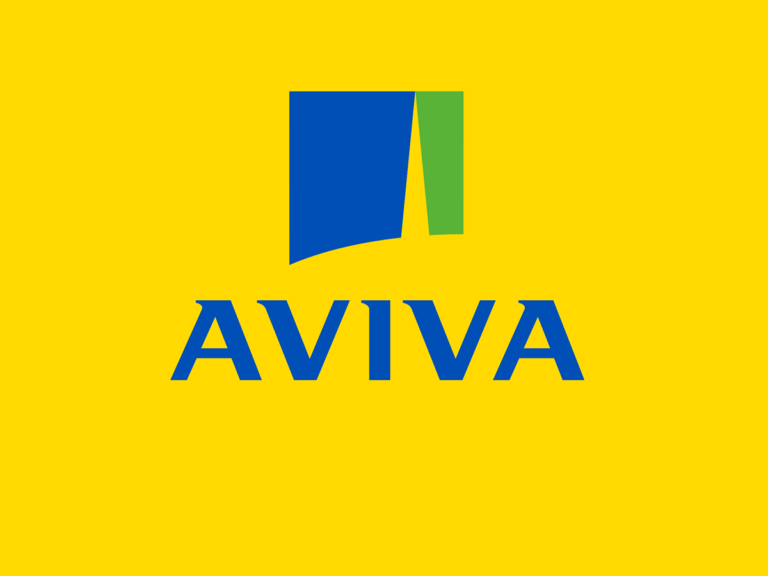Title Page
-
Date
-
Completed by
-
Location
-
To view our Loss Prevention Standards (OFF to remove from print out)
Kitchen Extract Systems and Cooking Ranges
-
1. Is the building fire compartmentation fully understood and documented?
-
2. Is the cooker extract ducting route fully understood and documented?
-
3. Is the construction of the building walls, floors and/or roof where the extract ducting passes through and finally exists the building known and fully documented?<br><br>Is any of this construction considered combustible?<br><br>If construction is combustible what protection measures have been provided?
-
4. Does the cooker extract ducting pass through any fire compartment walls? If yes:<br>• What additional fire compartment protection measures are provided within the duct?<br>• Is the extract duct suitably fire-stopped around the ducting passing through the fire compartment wall?<br><br>Is the fire compartment strategy integrity inspected and maintained?<br>• Is this included in the management of change process?
-
5. Is the extract ducting constructed of fire-resistant materials?
-
6. Is there a risk assessment in place for the cooking and extraction activities?<br><br>Does this include the actual exit point of the extract ductwork?
-
7. Is the area close to the extract duct exit point clean and clear of combustible materials?
-
8. Is there suitably designed automatic fire detection in every room/area and is the system serviced, maintained and tested?
-
9. • Is there an approved automatically and manually actuated fire suppression system (e.g. Ansul R-102, Amerex KP, Nobel K-Series) protecting the cooker hood/filter/ entire cooking range, (including any adjacent items e.g. deep fat fryer) extract ducting?<br><br>Are the manually actuated devices in readily accessible and safe locations?
-
10. Are the discharge nozzles to the fire suppression system provided with protective caps and are they all in place?
-
11. Is the fire suppression system serviced and maintained at least every six months by an approved company?
-
12. Does actuation of the fire suppression system automatically actuate interlocks that automatically shut down the:<br>• Extract fan?<br>• Power supplies and/or gas supplies to the cooking range equipment?
-
13. Are the interlocks tested to ensure correct operation as part of the servicing and maintenance of the fire suppression system?
-
14. Are there manually activated emergency isolations for any gas and electricity supplies?<br><br>Are these clearly labelled and located in safe and readily accessible locations on exit routes?
-
15. Is there regular servicing and maintenance of all cooking equipment/appliances and electrical installations as part of a preventative maintenance programme?
-
16. Are procedures in place to ensure power and fuel supply to the kitchen is shut-off outside working hours?
-
17. Is any deep fat fryer fitted with an automatic high temperature shut-off and is it serviced and maintained?
-
18. Are all fat fryers fitted with dual safety temperature shut-off devices which automatically shut down the fryers in the event that the main temperature thermostat fails?
-
19. Is the oil used in any fat fryer changed regularly (frequency dependant on usage and risk assessment)?
-
20. Are there accessible, clearly positioned and suitably maintained fire extinguisher(s) within the kitchen? <br><br>Are individuals trained in their use?
-
21. Are there accessible, clearly positioned and suitably maintained fire blanket(s) within the kitchen?<br><br>Are individuals trained in their use?
-
22. Are all kitchen staff competent and formally trained in understanding the:<br>• Risks present including within the ductwork?<br>• Use of all fire safety equipment?<br>• Manual isolation and interlocks provided? <br>• Emergency procedures?
-
23. Have written risk assessments been completed by specialist cleaners?<br><br>Is there a frequency of extract duct cleaning and associated intervals?
-
24. To ensure the interior of the duct is kept clean and free of fat deposits, is there a deep cleaning contract in force and is it carried out at appropriate frequencies?
-
25. Are there adequate access panels in the extract ducting to enable a full deep clean to be carried out of the entire length of the duct?<br>• Spaced at approximate 2-metre intervals?
-
26. Has the extract duct cleaning contractor issued:<br>• Completion certificate(s) <br>• Written reports that include photographic evidence of before and after cleaning?
-
27. In addition to duct deep cleaning, are the cooker hoods, canopies, filters and grease traps cleaned on a weekly basis?
-
28. Is there any form of UV filtration and is it regularly cleaned and serviced by specialist engineers?
-
29. If there are any wood-fired operations or barbecues, is it ensured they are undertaken externally?<br>If internal are the following provided:<br>• A spark arrestor system?<br>• A Carbon Monoxide (CO) sensing system and interlocks to enable the ventilation system in the space?
Sign Off
-
Additional Comments
-
Completed by (Name and Signature)














